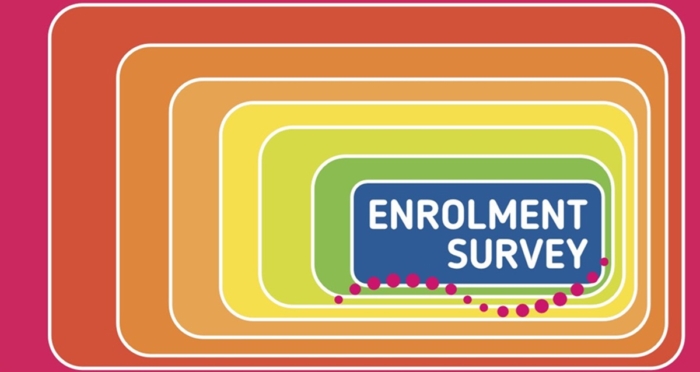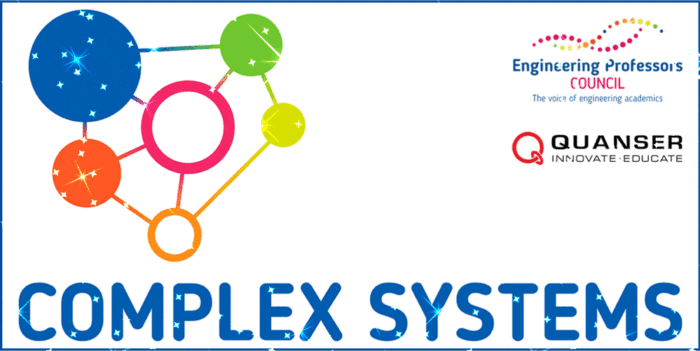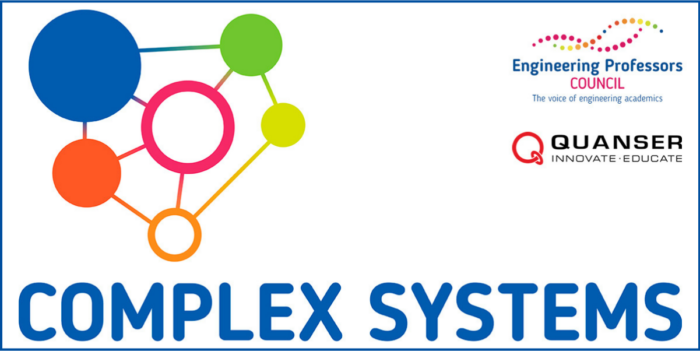Dr Sunny Bains, author of a new book on emerging technologies, examines how to support students to make use of the technical literature and to look beyond it.
The best engineers can be thrown in at the deep end of a new problem and research their way out. That’s part of the ethos of combining conventional academic courses with more practical, project-based learning.
 This approach forces students to discover constraints and compromises for themselves, optimizing their solutions as well and as creatively as they can, rather than solving well-constructed questions with tractable answers. Often, they do this work as part of a group.
This approach forces students to discover constraints and compromises for themselves, optimizing their solutions as well and as creatively as they can, rather than solving well-constructed questions with tractable answers. Often, they do this work as part of a group.
Deep-end problem-based learning ticks a lot of boxes: teamwork, creativity, critical thinking, application of technical skills, and so on.
Unfortunately, what we choose to teach students formally before we launch them into these projects is often insufficient.
Yes, they’re trained in the deep technical skills that we think they’ll need, and (if they’re lucky) even some of the transferable ones. But what we don’t normally teach them is how to systematically and thoroughly research a topic.
More specifically, we don’t teach them where to look for answers to questions. Partly, this is because we are academics: to us the answer is usually a technical paper, possibly a book, and we’re so used to looking for these that we don’t think twice about it.
But to use technical literature first you need to be able to search for and find what you need effectively. Even if you do find the papers you think you’re looking for, you may not yet have the expertise to read them. This is especially, but not exclusively, true for undergraduates. Further, once you’re in industry, journals and proceedings aren’t going to alert you to what your competition (possibly start-ups in stealth mode) are up to.
If I had to prioritize, my top three suggestions for helping students to research a new subject would be as follows: keywords, the technical press, and patents. Although you might think that the current generation (which grew up with the iPhone, never mind the internet) would be more expert at finding material on the web than we were, that’s far from true. Just a few minutes teaching them some basics can go a long way.
Keywords are key
First, we all know that keywords are critical to all kinds of searches, including the technical literature, but what students don’t realize is how creative you have to be in using them. Very similar ideas often have different names in different fields, and searching for the wrong terms can miss most of the most important information.
Students need to know to gather lots of different keywords from the various sources, and then to search for them in different combinations to find the information they need.
Journals and magazines
Next, students should know that not all useful information has to be of the highly-technical variety. A good way of getting into a new field is to find news that’s readable but still contains specialist information. This might be in publications aimed at an industry (like Water and Wastewater Treatment), a society (like E&T Magazine), or even a popular science market like Wired.
A good place to start for articles like this is Engineering Inspiration, a website we set up at UCL (and free for all) that brings together interesting technical articles from across the web (we have 50K+ articles online to date). Reading enough of this kind of material can do wonders to set the context for a project: with the constraints and values of the industry coming through in every story.
Patently clear
Finally, patents (which are now freely available to search on the web) are a great source of information because they cover a lot of technology that is too commercially sensitive to be published in other forums.
It’s true that they’re completely unreadable, but by following the breadcrumbs of who has filed what patent it’s possible to figure out who is doing roughly what. With a little imagination, engineers can pull together clues based on what the inventors did before the patent, who they’re working with now, what theydid before, and so make an educated guess about what is in the pipeline.
Of course, there are many more sources to look at: conference programmes can be even more informative than proceedings; books (remember books?) can be hugely helpful if used well, and peoplecan provide insights and feedback that no written source ever could…
The main thing is not to assume that students will somehow learn their research skills by osmosis. We forget how much we take for granted after a lifetime of information-gathering: by giving our students just a little bit of formal instruction on how to do this critical task, we can make them hugely more productive.
Dr Sunny Bains (see sunnybains.com) is the author of Explaining the Future: How to Research, Analyze, and Report on Emerging Technologies.She teaches engineering and physical sciences students at University College London.




